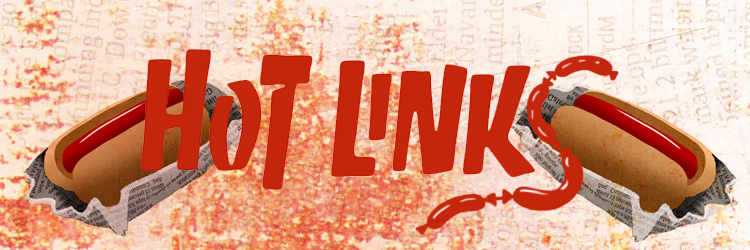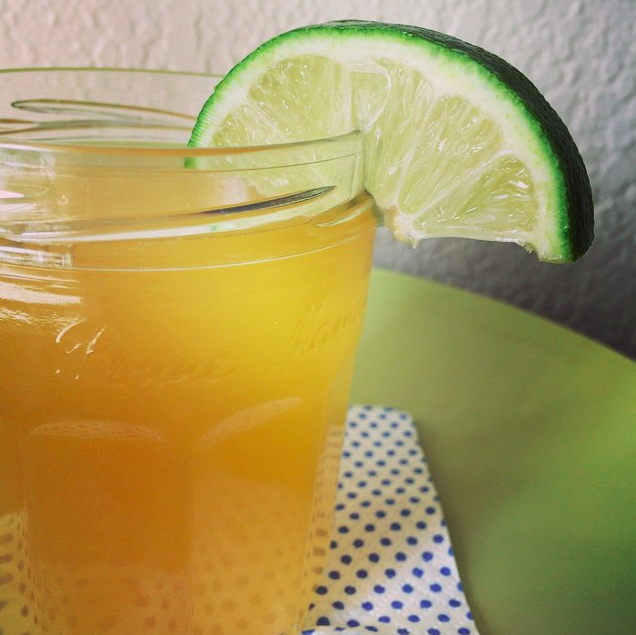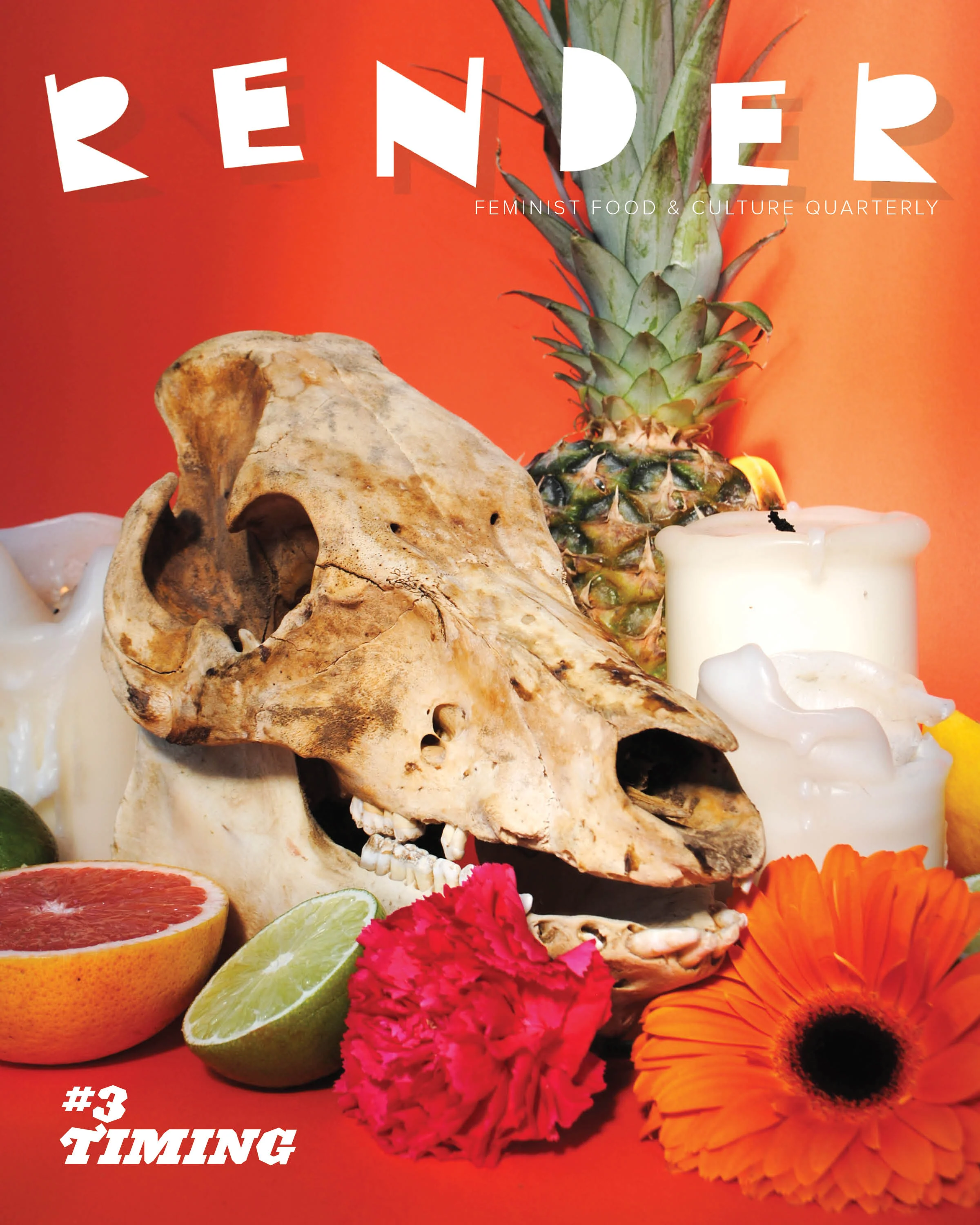Wallaby Tartare from Charcoal Lane. Photo by Charles Haynes.
In each installment of Breaking Bread, Phylisa Wisdom will discuss gastrodiplomacy—using the history of different foods, and eating and cooking those foods, to foster understanding and cooperation between cultures. Think of it as breaking bread to break down barriers. We’ll explore who gastrodiplomats are and what they’re doing – or cooking – to engage in dialogue with, or about, other cultures and countries. The column will feature interviews with sassy changemakers, recipes from chefs involved in gastrodimplocatic efforts, and analysis of effective efforts (and sometimes wretched failures) from all over the world. We’re unapologetically in favor of talking politics at the dinner table.
Culinary diplomacy, or gastrodiplomacy as it is also called, has come to mean learning about other countries and their cultures through the making and eating of their cuisines. But, this month, I’m stretching this relatively new definition for this edition of Breaking Bread. Just as with other forms of cultural diplomacy, gastrodiplomatic efforts can connect cultures that exist within the borders of one country. Cultural disconnects can, and do, occur between separate groups that have shared land for years, especially in places where there are long histories of conquest and colonization.
Myriad nations are home to diverse cultures that still share a collective, if variable, national identity. In many cases – and this is definitely the case in the U.S.A. – cuisines that are considered ethnically diverse come from abroad in the suitcases and memories of immigrants. “Americans” frequently learn about foreign cuisine from immigrants, or the grandchildren of immigrants. At the same time, this ideology of the U.S. “melting pot” often works to erase the cultures and cuisines that have existed in the region since before the U.S. was founded.
Like the U.S., Australia is a country with an indigenous population that has experienced decades of oppression at the hands of generations of colonizers from abroad. However, in Australia, there are now domestic gastrodiplomatic efforts in place to teach the rich cultural history of those people who were here first, rather than those who arrived over the past few generations. These attempts at gastrodimplacy aim to improve relations between the original inhabitants of Australia and the generations of immigrants who now live here, too.
Since moving to Melbourne in March of this year, I’ve frequently heard Aboriginal people referred to as the “original custodians of the land.” This phrase is a poetic attempt at holding listeners accountable and reminding them of a dark and violent colonial history that in many ways continues to this day. For over a century, new immigrants to Australia have been referred to as Australians, while Aboriginals have been referred to as something other than Australian. Even now, their Australian identity is modified as “Aboriginal Australians.” Australians, then, have sometimes worked very hard to erase Aboriginal Australian culture.
When the British settled Australia in the mid-1700s, there was immediate conflict between Aboriginal tribes – who no one disputed were there first – and British settlers. In an effort to ease tensions and clarify relations, the British declared in 1788 that Aboriginals were British Subjects. Theoretically, this gave them protection and land rights under British law, but there was no concept of land ownership for Aboriginals then. They were nomadic, and many tribes moved based on seasonal changes and food source availability. The British moving in and taking over is conservatively estimated to have caused 10,000 violent Aboriginal deaths in the state of Queensland between 1824 and 1908, mostly due to lack of resources and land taken from communities that didn’t know how to survive away from their traditional homes.
In 1937, all six Australian States adopted an assimilation policy, whereby children of Aboriginal descent were removed from their families and sent to remote locations with the idea that Aboriginal identity would be bred out and a singular (white) Australia would form. The removal of Aboriginal children started almost immediately in 1940. In 1961, the assimilation policy was defined at the Native Welfare Conference of Federal and State Ministers:
The policy of assimilation means that all Aborigines and part-Aborigines are expected to attain the same manner of living as other Australians and to live as members of a single Australian community, enjoying the same rights and privileges, accepting the same customs and influenced by the same beliefs as other Australians.
The result was, unsurprisingly, devastating. Families were torn apart, indigenous Australians continued to experience oppression and racism, health outcomes did not improve, and Aboriginal Australians refused to abandon their lifestyle and cultural diversity. Many of the children stolen from their families experienced sexual assault and violence, and the state did little to protect them. Regulations in the states of New South Wales and Queensland forced indigenous children to work in custody from a young age, but they were only allowed to keep a small percentage of their earnings, essentially rendering them slaves. In 1980, these policies were deemed ineffective at creating a homogenous Australia and abandoned.
In 1998, the first official Sorry Day took place, and communities across the country participated in reconciliatory events. There was an online opportunity for white Australians to formally apologize to indigenous Australians. To date, 24,763 people have signed the apology. Sorry Day is now an annual event, and there are various ongoing policies, events, committees, and community groups devoted to ongoing reconciliation efforts.
The need for diplomatic efforts (beyond government policy) to heal the sometimes hostile, painful relationships between Aboriginal and non-indigenous Australians is vast. Whereas a generation ago, white Australia may have shunned indigenous culture, contemporary non-indigenous Australians have begun to embrace it. Thanks in great part to René Redzepi of Noma restaurant in Denmark, foraging and use of native ingredients are all the rage in high-end foodie circles all over the world. Over the past few years in Australia, this has meant a spirited push among the food community to embrace foods typically reserved for use by indigenous communities. According to an article by Restaurant Australia:
Whether it be young contemporary chefs discovering Indigenous ingredients for the first time, or visitor-focused experiences that have always been about cultural sharing, the awareness of Australia’s native resources is on an upward trajectory. Much of the new wave can be attributed to an exchange between Australian chefs and champions of the foraging movement in Scandinavia, such as René Redzepi, who has been a regular visitor to Australia and encouraged greater culinary investigation of Aboriginal foodstuffs at every turn.
Powerhouse celebrity chefs like Ben Shewry of Attica in Melbourne or Peter Gilmore of Quay in Sydney have certainly done Australian cuisine proud on the international stage.
Both restaurants Quay and Attica highlight native, seasonal ingredients and prioritize sustainable cuisine, as do similarly oriented Garagistes in Hobart and Vue de Monde in Melbourne, among others. Both Attica and Vue de Monde do feel uniquely Australian, especially when compared to big name fine dining joints in the U.S. or Western Europe. Vue de Monde, for example, features kangaroo-hide seat covers and emu jerky in smoking eucalyptus leaves. This kind of homage to “the bush” can walk the fine line between sincere and gimmicky and especially when it’s the latter, it’s appropriative. For local and tourist diners alike, the experience feels “Australian” without making the distinction between indigenous and non-indigenous cultures. The recent foraging food craze isn’t new; Aboriginal Australians foraged their land and for generations before anyone thought it was hip or progressive, yet this is rarely mentioned on menus.
Similarly, in the articles or profiles about new Australian cuisine and events, Aboriginal people get a fleeting mention, if any at all. Food folks in Australia have started to collaborate with the Aboriginal people who are the original custodians of this land in the form of buying from Aboriginal farmers or consulting with those who’ve used ingredients for centuries. However, there is a lack of sincere homage to indigenous communities on menus that feature appropriated versions of Aboriginal dishes. Peter Gilmore of Quay acknowledges this disconnect.
In his latest book, Organum, he writes:
INDIGENOUS bush food has not been on Australian chefs’ radar until recently. In general it has been a very underappreciated resource for non-indigenous Australians since European settlement. There are many reasons for this: primarily, I think, there has been a dismissive cultural cringe attached to bush foods. Many chefs, myself included, had found the strong, intense and sometimes harsh flavours of bush food not really compatible with the idea of European cuisine. For the most part, bush food is foraged in diverse and remote parts of the country, from where it is only practical to ship this food dried or frozen. This doesn’t show the ingredients in their best light. (Gilmore 2014)
Gilmore explains how he works with over 100 indigenous farmers in his book. Bolstering the market for these farmers is an important social justice tool to create opportunities for successful Aboriginal businesses. It fosters sharing of the land and creates a very real way for indigenous business owners to assign value to their labor and knowledge of the land. But, this narrative leaves out one important shift that may also account for uptake of native ingredients: the fact that Aboriginals themselves have been an underappreciated resource. Many people found Aboriginal people “not really compatible with the idea of European culture.” Introducing non-indigenous Australia and the international food community to indigenous cuisine does create opportunity for Aboriginal farmers in certain circles, and there is power in several influential tastemakers saying the food is worth a try. In fact, the “trickle down” has already begun, with companies that hawk “bush tucker” (native Australian food) popping up, like the Outback Chef range available online, selling items like a 100g canister of pepperberries for $19.50 AUD.
Still, embracing the taste benefits of bush tucker doesn’t increase visibility or improve access for indigenous communities, communities that are still the most disadvantaged (measured by both material and nonmaterial indicators) in Australia. Taking food that Aboriginal people have lovingly farmed, foraged, and cooked for generations and putting a modern spin on them for a mostly white, wealthy audience is just a more progressive-looking way to erase Aboriginal people from the Australian– and world – culinary narrative.
Some Aboriginal advocates and community leaders have embraced the hospitality industry as an avenue for community growth and development. For example, The Kitchen Sisters' Hidden Kitchens podcast series featured the cooking academy Yaama Dhiyaan, a social enterprise aimed at employment training for at-risk Aboriginal youth. The culturally competent eight-week training and hospitality course is lead by Aboriginal elder Aunty Beryl. Housed smack in the middle of Sydney’s Aboriginal community, Aunty Beryl’s course prepares young people with few prospects (or who have already gotten into trouble) for hospitality work as baristas, cooks, servers, and managers. Students connect to their own cultures through food and adapt their tastes and experiences to meet the demand of a non-indigenous clientele. Aboriginal people don’t drink coffee, Aunty Beryl says, but students learn that they must know how to make one in order to be employable in coffee-obsessed Australia.
There is one restaurant model that takes the social justice and community-building model of Yaama Dhiyaan and use of native ingredients in Australian fine dining and successfully combines them. Charcoal Lane is a social enterprise restaurant in Melbourne, headed up by Executive Chef Greg Hampton. The restaurant highlights local, bush ingredients and carefully crafted seasonal dishes. It’s also a social enterprise and transitional labor market program. Its goal is to give customers a unique and delicious Australian dining experience while fostering good will for the Aboriginal community and promoting a healthy relationship between Australian cultural groups. Like Aunty Beryl’s program, young at-risk Aboriginal youth receive on-site training and employment experience. Nestled on trendy Gertrude Street (which has been gentrified over the past few decades), the building was formerly an Aboriginal meeting place. Charcoal Lane perfectly marries a love and respect for native Australian cuisine and empowerment and rebuilding of communities that have experienced generations of oppression. Aboriginal staff and lives are not obscured by a cloud of smoke in the back of house; rather, supporting and honoring them is part of the restaurant’s draw. Diners are made aware of the social enterprise model in the menu and on the website, and they know that they are supporting employment training and empowerment of at-risk young indigenous people.
Of course, what we are talking about here isn’t strictly gastrodiplomacy. However, culinary diplomacy could provide an important framework for thinking about Australia’s burgeoning food trends and community development programs, and how to integrate them. There is room for Australia’s food scene – a national treasure – to be more responsive to the political and ethical questions around, and implications of, cuisine inspired by indigenous traditions. The next step in domestic diplomatic and reconciliation efforts in Australia is to integrate Aboriginal people’s voices and communities into the food and hospitality industries. That means investing in programs like Aunty Beryl’s and hiring a staff that’s representative of the country that the food is supposed to represent.
Jude Mayall of Outback Chef includes the following caveat in the “About Us” section of the website: "Throughout all this we must recognise the contribution to the Bush food industry of our Indigenous people and the value of their involvement.” We must, and that includes stepping out of the way and giving some face time to the people we credit with throwaway sentiments like "Aboriginals are the original custodians of the land” and often little else. Although Peter Gilmore has written a highly regarded book on bush food that draws attention to native ingredients, it’s now time to publish books written by someone who comes from a community that has farmed and loved the land here for generations. It means empowering people, rather than emptily referencing them in an attempt to prove "authenticity" in a culinary climate in which the local and the "authentic" are on trend. Domestic gastrodiplomacy is integral to reconciliation efforts; these are conversations that the hospitality industry must be having alongside policymakers and community leaders.
Interested in reading more of the conversation about the politics of food, tradition, and authenticity? Order your copy of our second print issue, ROOTS, today!




































